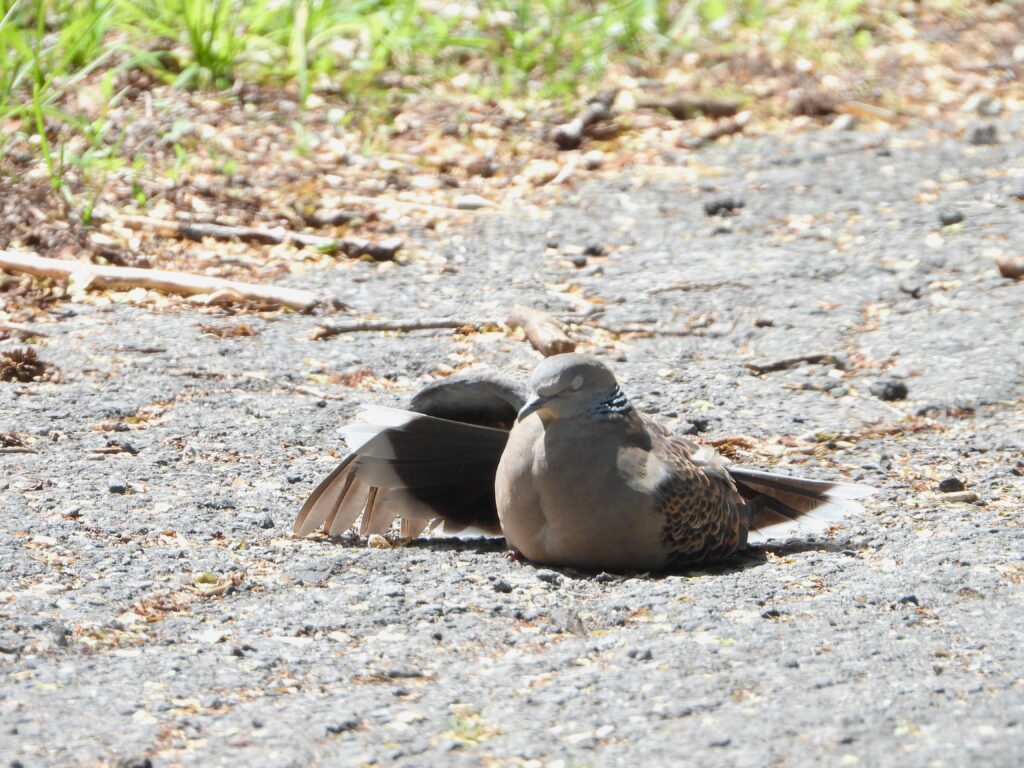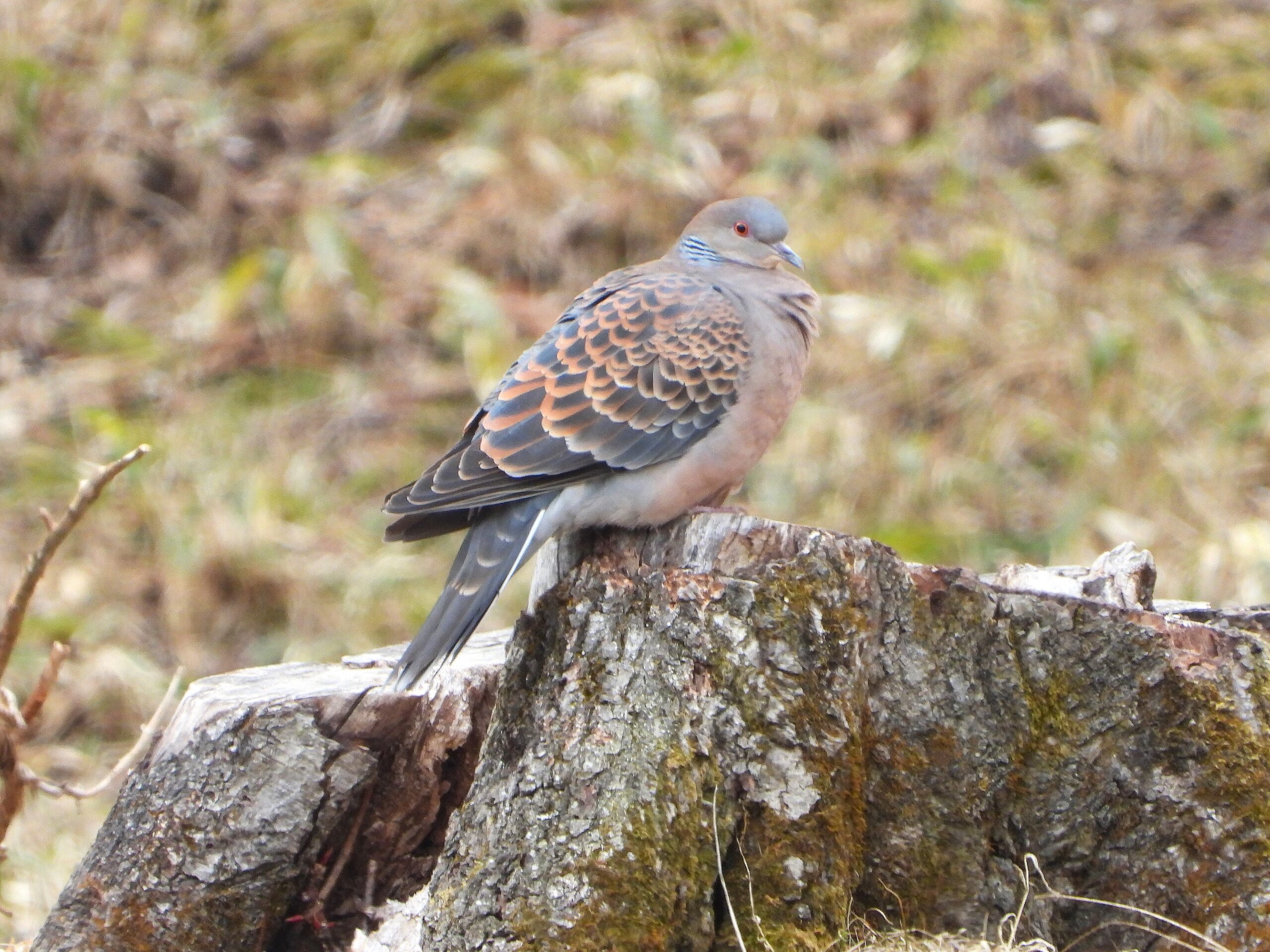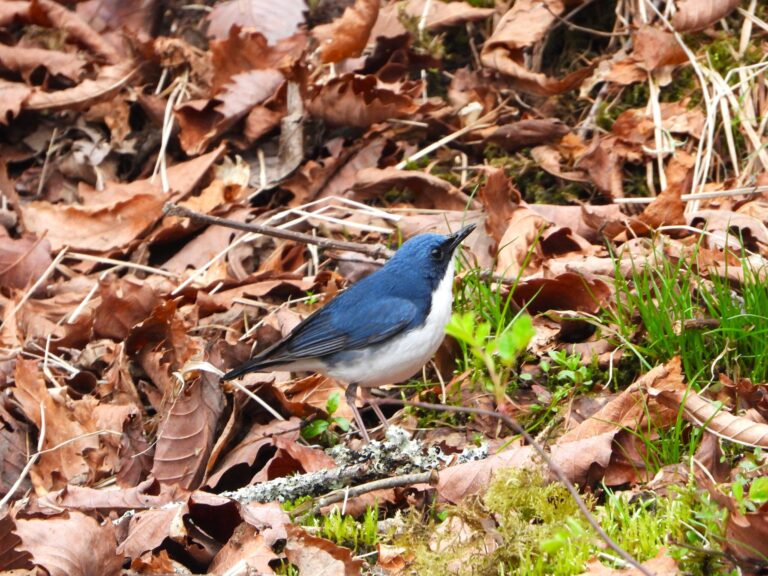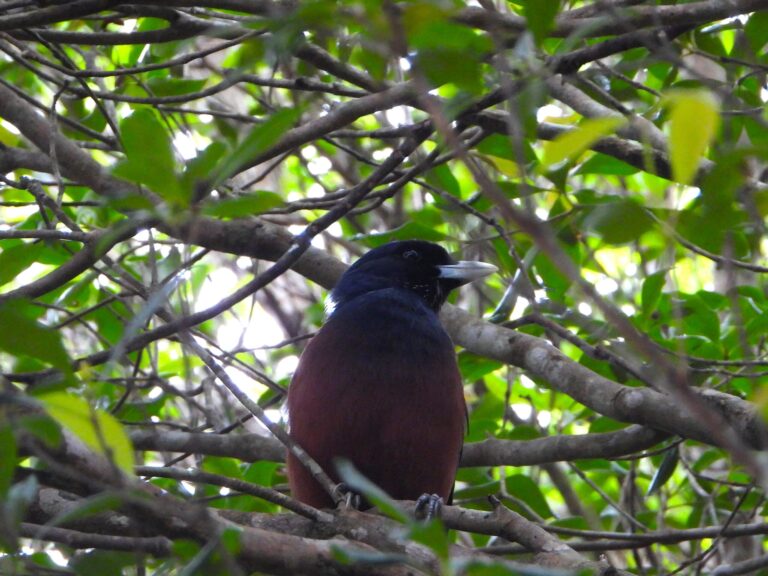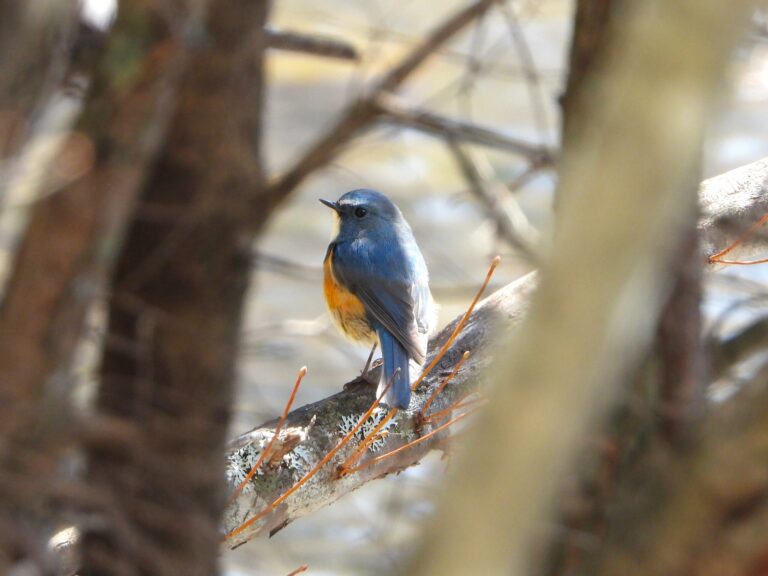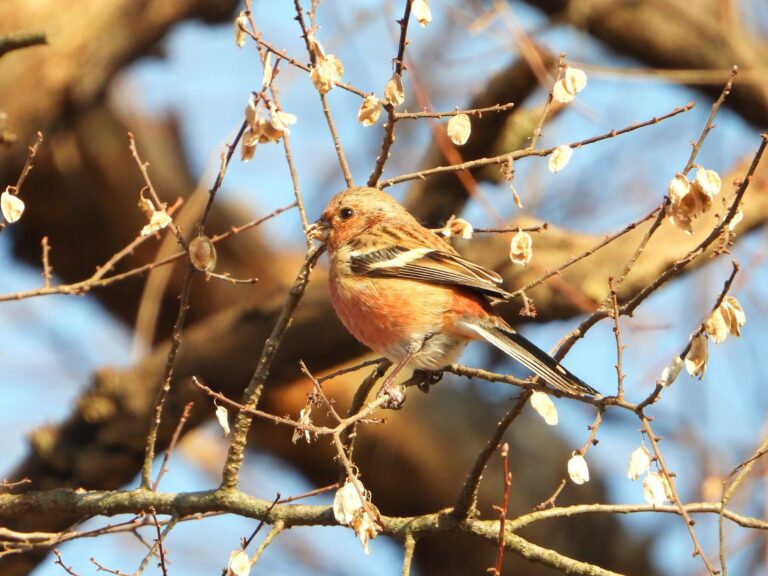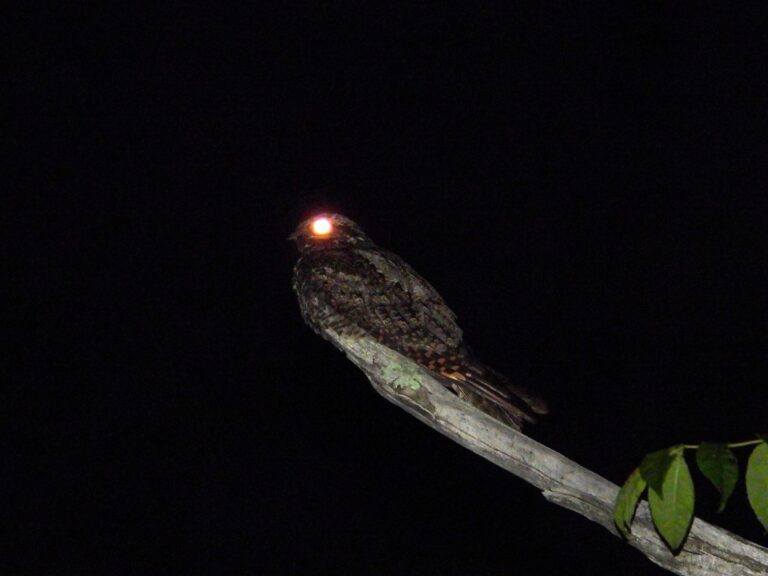Oriental Turtle Dove (Streptopelia orientalis) – Wildlife of Japan
Introduction
The Oriental Turtle Dove is a common yet elegant bird widely found across Japan. Known locally as Kijibato, this species belongs to the dove family and is often encountered in both rural and urban landscapes. Its soft, rhythmic cooing is a familiar sound in Japanese towns and countryside, making it one of the country’s most recognizable birds.
Appearance
The Oriental Turtle Dove is slightly larger than the Rock Pigeon, with an average length of about 33 cm. Its plumage features a warm brown body with dark, scalloped patterns on the wings and back. A distinctive patch of black-and-white stripes can be seen on the sides of its neck, while the tail is broad with a noticeable white edge. Its reddish eyes give it a striking expression against the earthy tones of its feathers.
Habitat
This dove inhabits a wide range of environments, from forests and farmlands to city parks and residential neighborhoods. In rural Japan, it is especially common to see nests built around temples, shrines, rest areas, and roadside trees. They adapt well to human presence and are often seen foraging in open fields or perched on electric wires.
Behavior
The Oriental Turtle Dove is generally shy but not overly wary of humans. It is most often observed in pairs or small flocks. Their flight is strong and direct, accompanied by a distinctive fluttering sound. In early mornings, their calm and rhythmic cooing adds a peaceful atmosphere to the Japanese countryside. They are also known to sunbathe or dust-bathe on the ground, spreading their wings to maintain feather condition.
Diet
These doves mainly feed on seeds, grains, and small fruits. They frequently forage on the ground, especially in agricultural areas where rice and other grains are plentiful. Occasionally, they also consume small invertebrates to supplement their diet.
Reproduction
The breeding season in Japan spans from May to August. Oriental Turtle Doves usually build simple, flimsy nests made of twigs on tree branches, utility poles, or even in the rafters of rural buildings. They typically lay two white eggs, and both parents take turns incubating them. The chicks fledge in about two weeks, and multiple broods can occur within a single season.
Conservation
The Oriental Turtle Dove is listed as a species of Least Concern by the IUCN due to its wide distribution and stable population. However, local declines have been reported in some areas due to habitat changes and urbanization. Still, in Japan, the species remains abundant and continues to thrive in both natural and human-modified landscapes.
Author’s Impression
I often encounter the Kijibato while walking through rice fields or quiet village roads. Their soft, rhythmic calls echo across the countryside, especially in the early mornings, bringing a sense of calm to the landscape. To me, the Oriental Turtle Dove is a true symbol of peace and tranquility in rural Japan.
